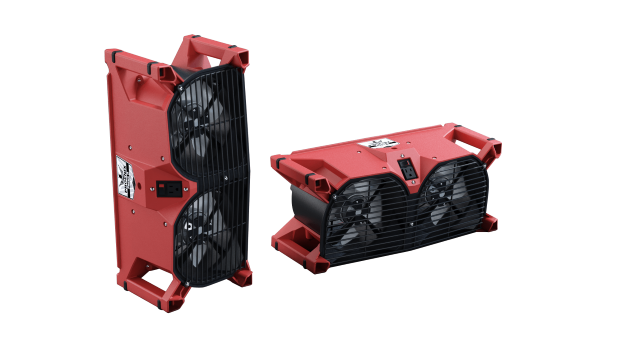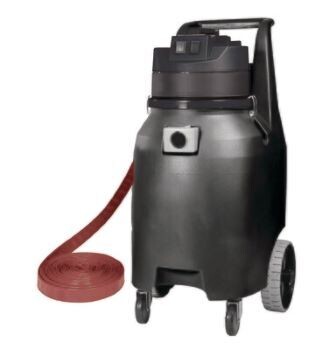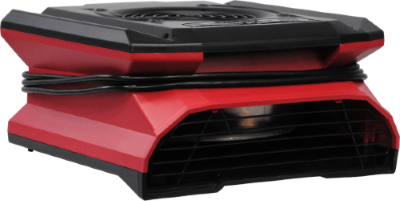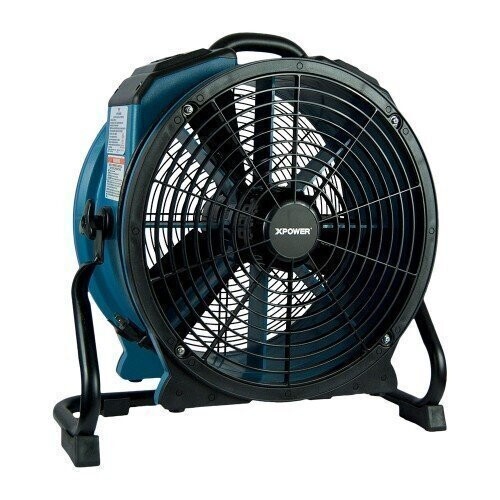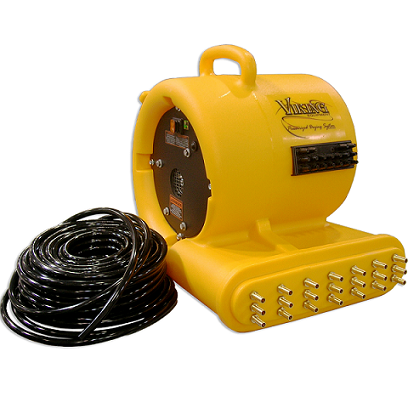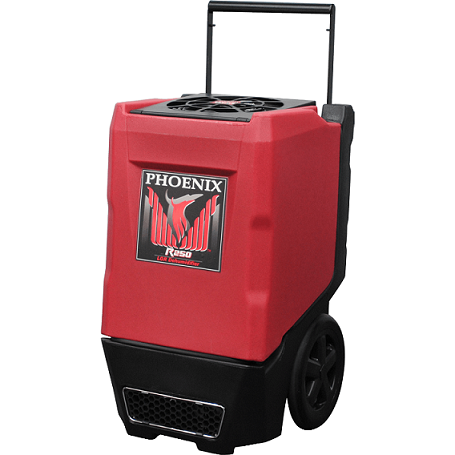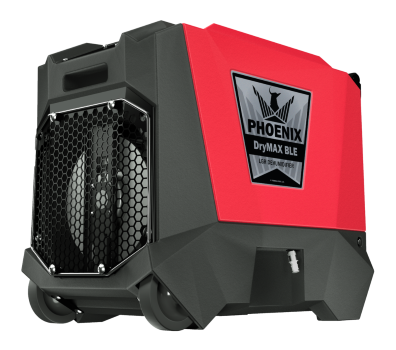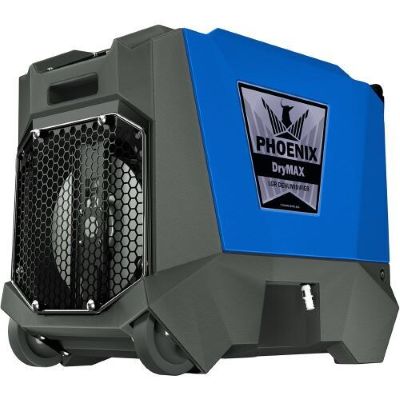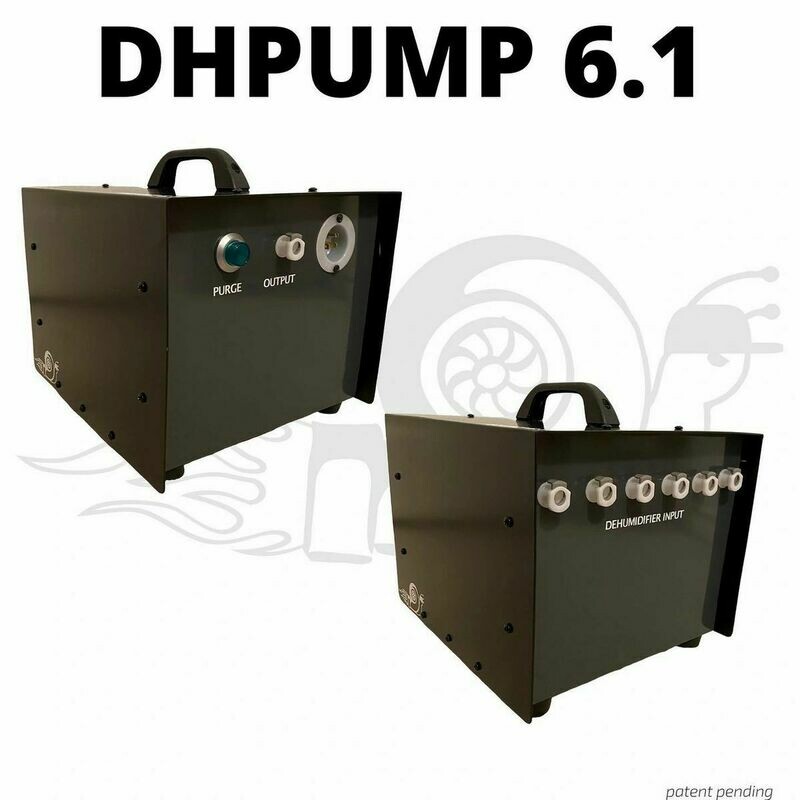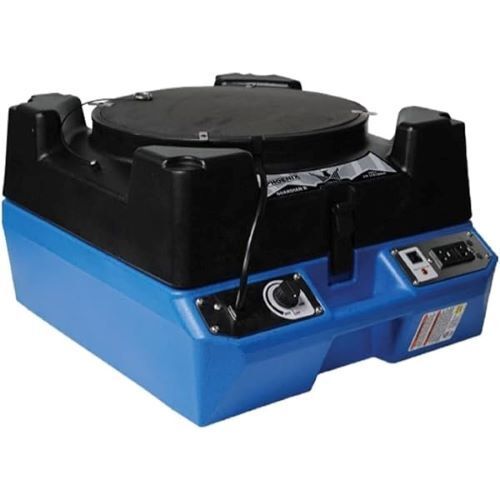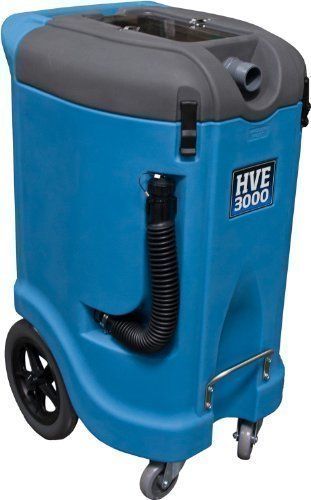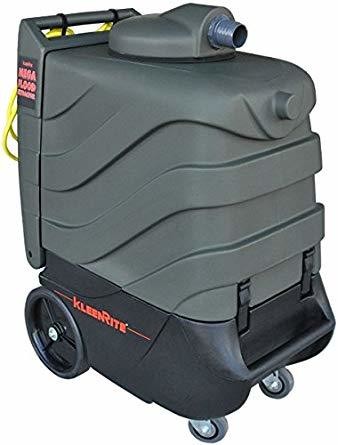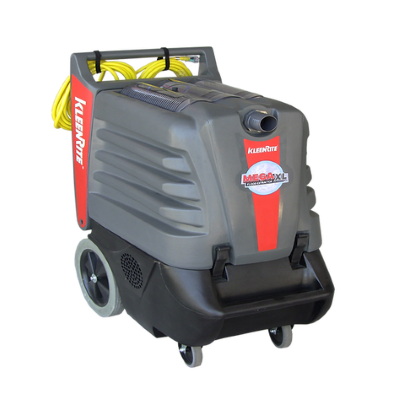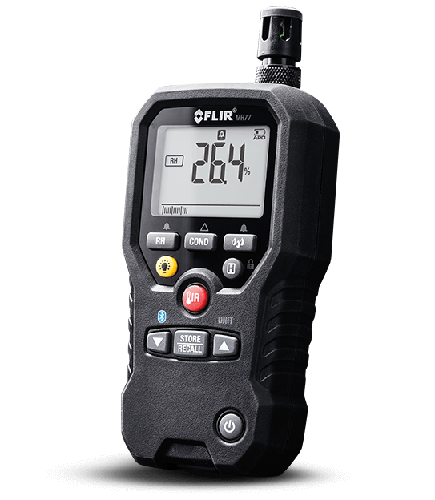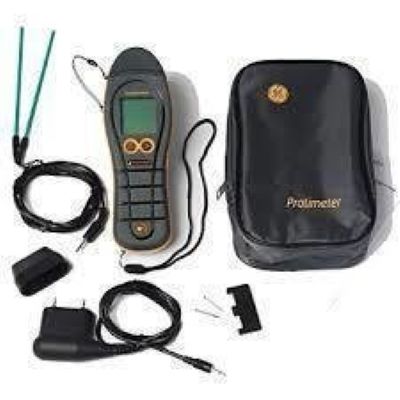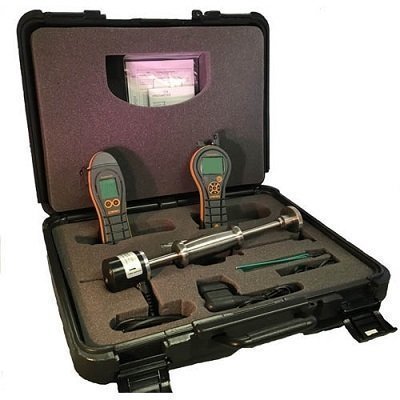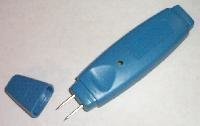
Equipment
At Schaper's Supply, we pride ourselves on our extensive flood and water restoration expertise. We have years of experience in the industry and a commitment to excellence. That's why we offer a comprehensive selection of state-of-the-art equipment to tackle even the most challenging restoration projects.
Buy flood and water restoration equipment online. We deliver nationwide. For bulk supplies order online! Questions call Schaper's Supply 215-592-0812.
Learn more about Flood & Water Restoration Equipment
Core Equipment Categories for Water Damage Restoration
To effectively mitigate the damage caused by water after floods, leaks, or other water-related incidents, you'll need specialized equipment for extraction, drying, and cleaning.
Water Extraction Equipment
The first step in any restoration project is to remove the standing water from the affected area. This prevents further damage and allows the drying process to begin. The following equipment makes up an essential toolset for efficient water extraction:
Pumps
Submersible and portable pumps are the workhorses of water removal. They quickly remove large volumes of water. Submersible pumps can be used in areas like basements, where the water might be deep enough for extra power. Portable pumps are more easily carried from location to location for efficient removal in various settings.
Wet/Dry Vacuums
These powerful vacuums can handle both wet and dry materials, making them indispensable tools in water damage restoration. They're particularly well suited for removing water from carpets, upholstery, and areas where pumps might not be practical.
Water Extraction Tools
Specialized tools such as wands and squeegees help finish the job that the other two pieces of equipment started. Extraction wands attach to pumps or vacuums for more precise water removal. Squeegees remove water from a hard surface by directing it to extraction points.
Drying Equipment
After the standing water is removed, dampness will remain in the area. If it isn't removed, mold growth and further structural damage can occur. The following equipment helps with drying.
Air Movers
These are powerful fans of two major types. Axial fans move large volumes of air over a wide area, making them the go-to choice for open areas. Centrifugal fans offer a more focused airflow for drying specific regions.
Dehumidifiers
These devices remove excess moisture from the air, preventing secondary water damage and mold growth. Desiccant dehumidifiers use a desiccant material, such as silica gel, to absorb moisture in the air. The more common refrigerant dehumidifiers work by cooling the air to condense the moisture, collecting it, and then removing it.
Air Scrubbers
These are primarily used for air purification but play a vital role in drying by removing airborne particles. Mold spores and other continents are common after water damage, and air scrubbers are an excellent way to remove them.
Cleaning and Sanitizing Equipment
The cleanup and sanitization stage can begin once the water is removed, and the area is dried. The following equipment is used during this phase:
Carpet Cleaning Machines
Carpets affected by water damage need special cleaning treatment. These machines use hot water, cleaning solutions, and powerful suction to remove dirt, debris, and other contaminants from carpet fibers.
Upholstery Cleaning Machines
The devices are similar to carpet cleaning machines, except they are specifically designed for cleaning upholstery. They feature smaller attachments and more precise controls than carpet cleaners, allowing for more focused cleaning.
Disinfectants and Sanitizers
This product category isn't exactly equipment, but they're still important in the restoration process. They are used to finish the job the equipment we've discussed so far started. Disinfectants and sanitizers eliminate any lingering bacteria or viruses that may have entered the area following the water damage.
Purchase Equipment Online!
You can purchase all these supplies online at Schaper's Supply. Visit our online shop today for all your cleaning and restoration supplies. We ship nationwide and offer bulk orders for those who need them.
